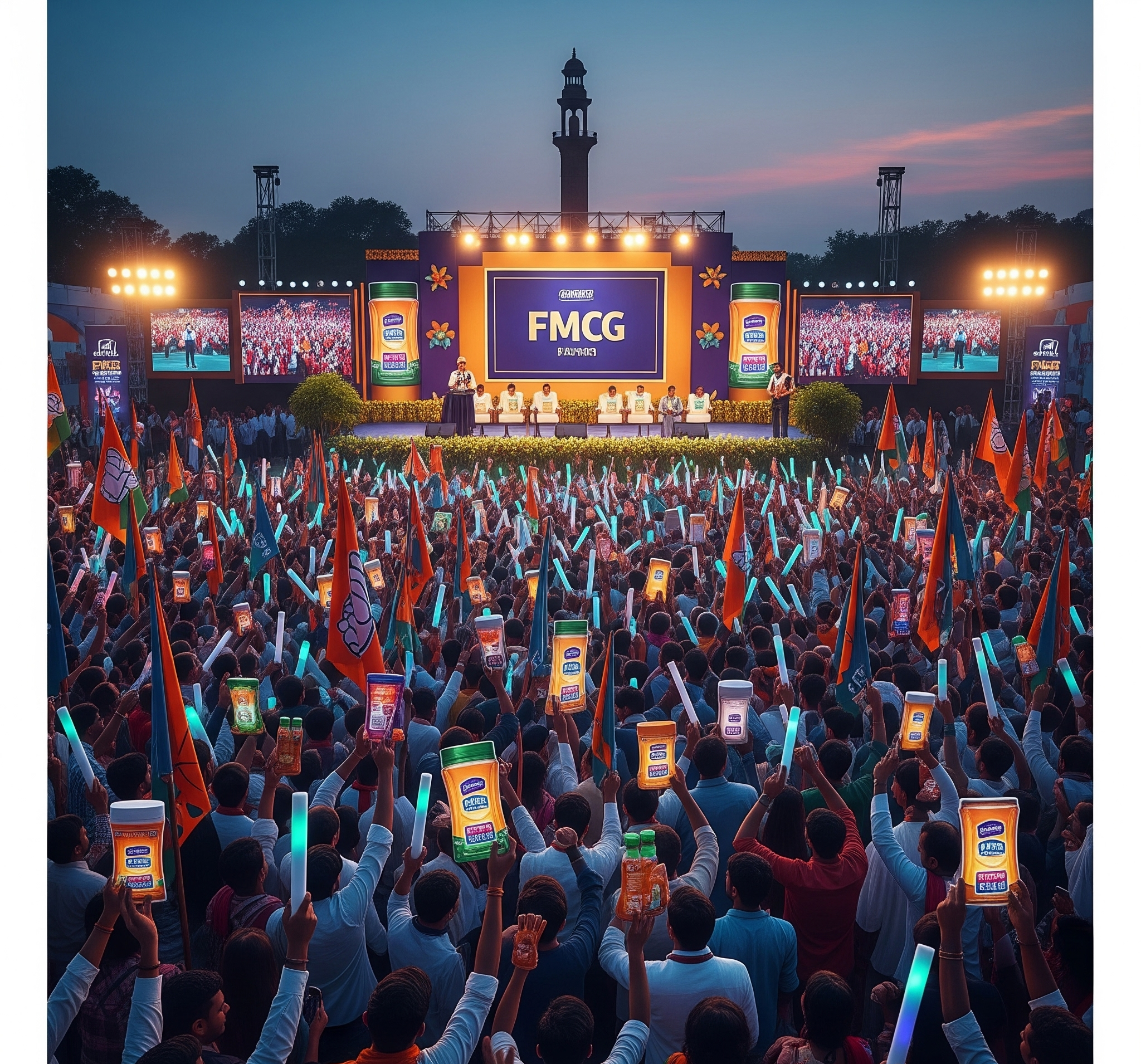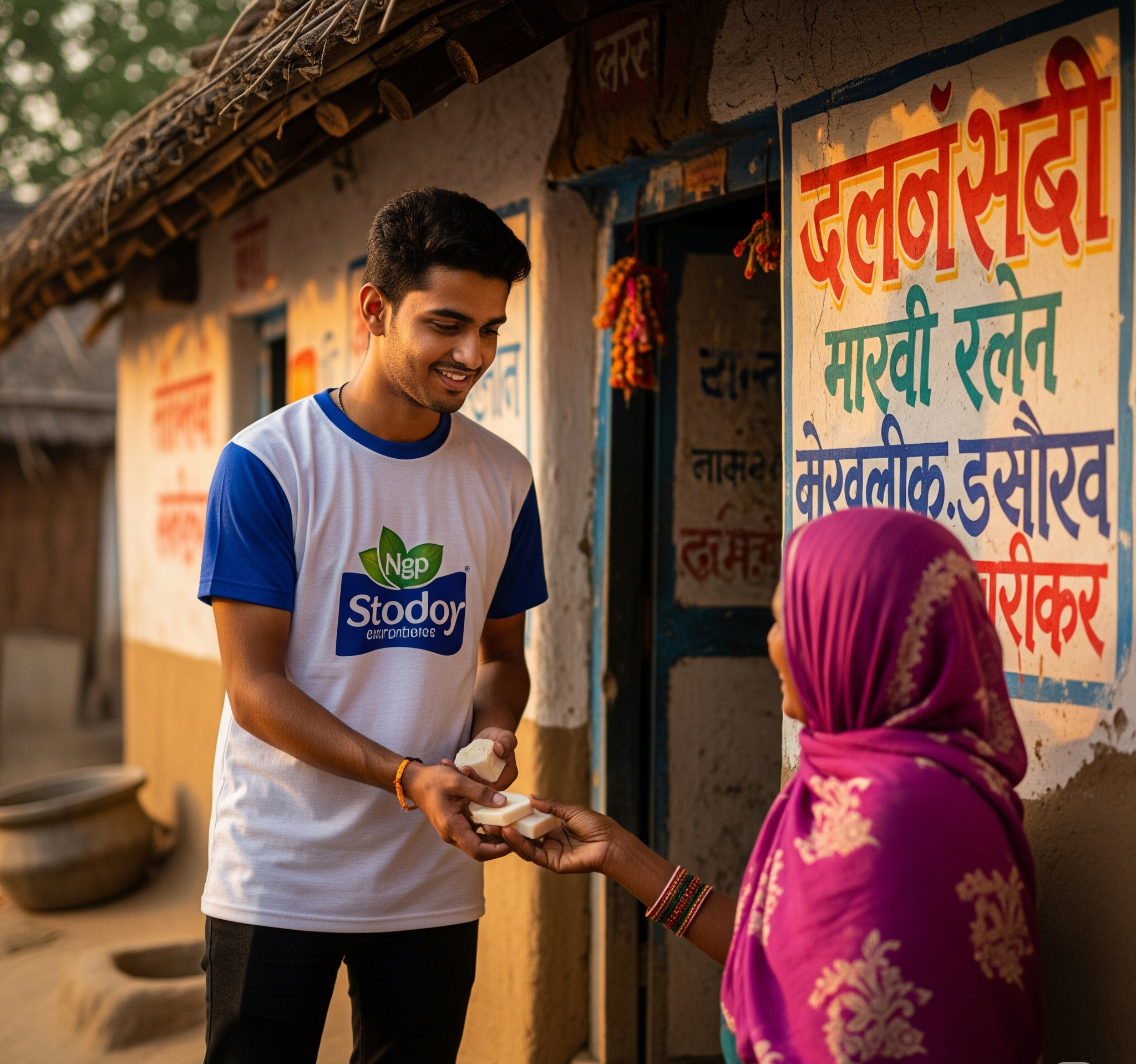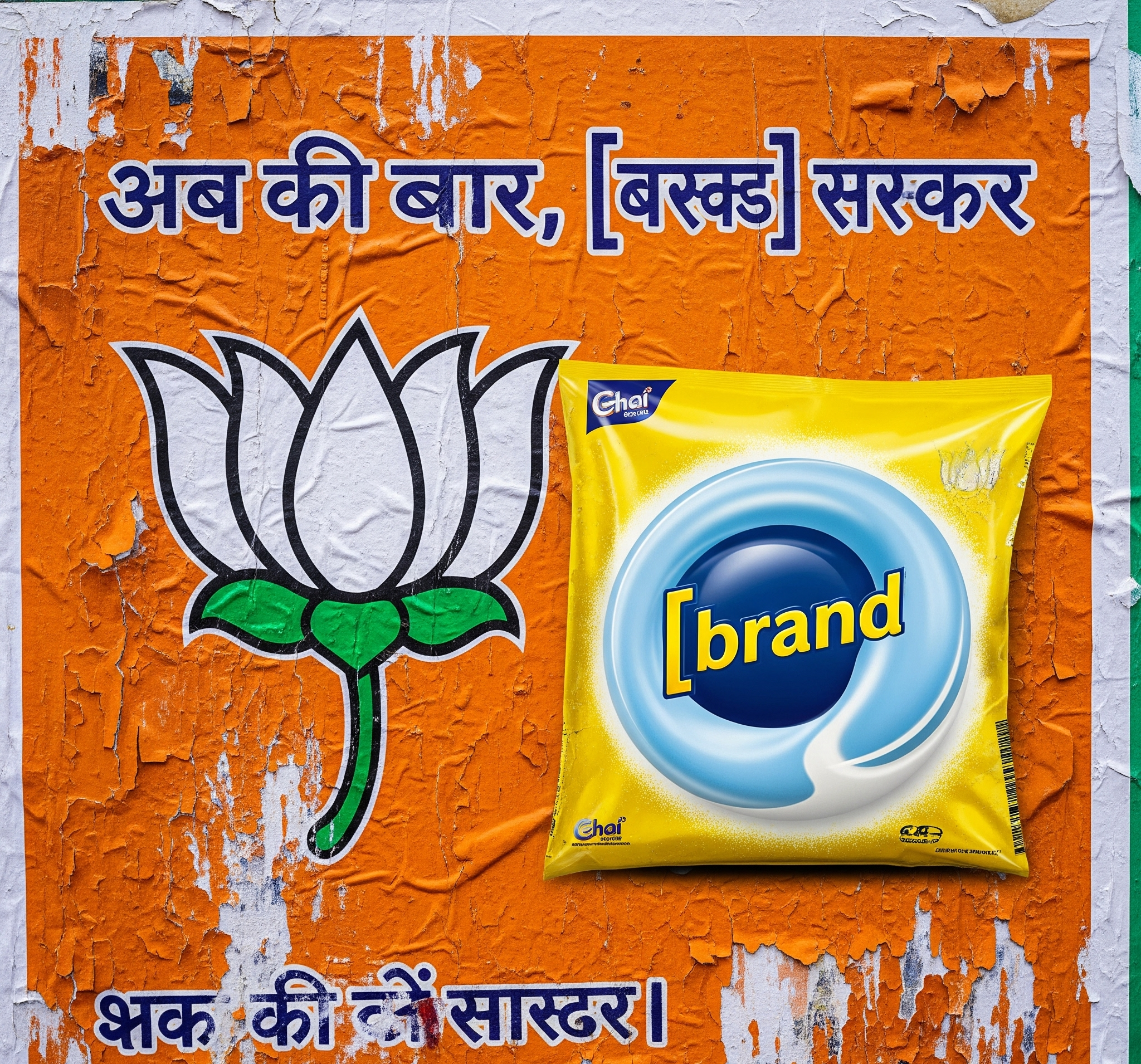India’s political landscape remains one of the most vibrant and dynamic offline campaign arenas globally. Despite the meteoric rise of digital tools, Indian politicians continue to wield offline strategies with remarkable efficacy—tapping into cultural rhythms, human psychology, and local dynamics. For brands navigating India’s complex consumer base, these political playbooks offer invaluable insights. Offline marketing, often overshadowed by digital glitter, here reveals its formidable power through raw, unfiltered human engagement. The lessons are profound, transcending politics to inform brand-building and customer loyalty.
How Indian Politicians Use Offline Strategies That Brands Can Learn From
- 48 Views
- elfoxisdigital@gmail.com
- June 11, 2025
- Offline Marketing
Table of Contents
ToggleHow Indian Politicians Use Offline Strategies That Brands Can Learn From
Introduction
The Ground Reality: Indian Politics and the Offline Sphere
India’s electorate spans an enormous socio-economic and linguistic spectrum, with significant disparities in media access. Rural and semi-urban voters, forming the electoral backbone, often remain tethered to traditional offline channels—public gatherings, radio broadcasts, and pamphlets. Cultural heterogeneity further complicates messaging, demanding localized, context-sensitive approaches. Politicians masterfully tailor their offline outreach to this variegated landscape, achieving penetration where many brands struggle.

The Art of Mass Mobilization
Large-scale political rallies are theatrical events of unparalleled magnitude. They generate a collective effervescence, creating a palpable emotional charge that reinforces group identity and loyalty. The sheer spectacle commands attention, saturates local discourse, and paints the candidate as a figure of mass appeal. For brands, orchestrating similarly immersive experiences—product launches, festivals, or pop-up events—can engender analogous emotional investments and social proof.

Door-to-Door Campaigning: Personalization at Scale
The quintessential political tool—personal visits by campaign workers—remains unsurpassed in its ability to forge trust. Face-to-face conversations humanize candidates and convey sincerity. This direct contact also yields granular data about voter preferences, grievances, and priorities, enabling micro-segmentation and message customization. Brands that invest in personalized outreach and customer relationship management, inspired by this model, can enhance retention and advocacy.
Symbolism and Visual Identity
Political campaigns employ a rich tapestry of symbols—party colors, emblems, slogans—that quickly signal allegiance and ideology. These visual cues transcend literacy barriers and embed deeply in public consciousness. Brands can harness similar symbolic consistency to forge instant recognition and emotional resonance. A well-curated visual identity becomes a shorthand for trust and belonging.
Print and Pamphleteering: The Persistent Print Medium
Despite digital omnipresence, leaflets, posters, and wall writings dominate India’s political offline communication. Their tactile nature creates a physical footprint in neighborhoods, marketplaces, and public spaces. Strategic placement in vernacular languages ensures accessibility and relevance. Brands should not underestimate print’s sensory impact, especially in markets where digital fatigue is rising and local language penetration is key.

Leveraging Local Leaders and Influencers
Grassroots politicians thrive on endorsements from community elders, religious figures, and local influencers—trusted voices who sway public opinion. This network effect validates candidacies and multiplies reach. Brands can emulate this strategy by partnering with micro-influencers and local opinion leaders, amplifying authenticity and deepening market penetration.
Festive Sponsorship and Community Engagement
Politicians embed themselves within the social fabric by sponsoring festivals, fairs, and religious ceremonies. This integration humanizes them and signals solidarity with local traditions. For brands, associating with culturally significant events builds trust and nurtures long-term relationships, anchoring marketing in shared values and joyous experiences.
Mobilizing Volunteers: The Army Behind the Campaign
Volunteers form the backbone of political campaigns, tirelessly canvassing, organizing events, and disseminating messaging. The sheer scale and passion of this workforce create a network effect, enhancing reach and credibility. Brands can replicate this by cultivating brand ambassadors and customer advocates who propagate word-of-mouth marketing organically.

Feedback Loops and Ground Intelligence
Campaigns continuously adapt based on field feedback from volunteers and voters. This real-time intelligence allows fine-tuning of messaging and resource allocation, minimizing waste and maximizing impact. Brands that implement agile, data-driven offline strategies can better respond to consumer sentiments and competitive dynamics.
Messaging and Storytelling in Vernacular Languages
Local dialects and idioms enliven political narratives, resonating emotionally with diverse audiences. Storytelling in native tongues bridges cultural divides, making messages memorable and persuasive. Brands must prioritize vernacular content, crafting authentic narratives that speak the consumer’s language—literally and figuratively.
Limitations and Challenges of Offline Political Strategies
Offline campaigns face logistical complexities—coordinating large teams, navigating regional politics, and controlling misinformation risks. Costs can escalate, and measuring impact remains challenging. Ethical concerns arise over manipulation and misinformation. Brands must learn to balance offline fervor with accountability and authenticity.
Conclusion
The offline strategies of Indian politicians offer a treasure trove of lessons for brands seeking to connect deeply and durably with their audiences. From mass mobilization to vernacular storytelling, the tactics emphasize personalization, cultural embeddedness, and trust-building. In an era dominated by digital noise, the political offline playbook reminds brands that human connection, consistency, and community engagement remain the cornerstone of impactful marketing. Integrating these insights into modern frameworks can unlock unprecedented brand loyalty and resonance across India’s diverse market terrain.
Recent Posts
- Real Estate Marketing in 2026 The Survival Guide for the Modern Indian Realtor
- The 2025 Guide: How to Promote Real Estate Business on Social Media Without Being Boring
- Beyond the Hype: Why Do Brands Need Advertising in a Digital World?
- How to Create a Marketing Campaign: A Complete Step-by-Step Guide
- Different Types of Paid Media in Digital Marketing